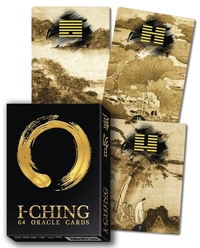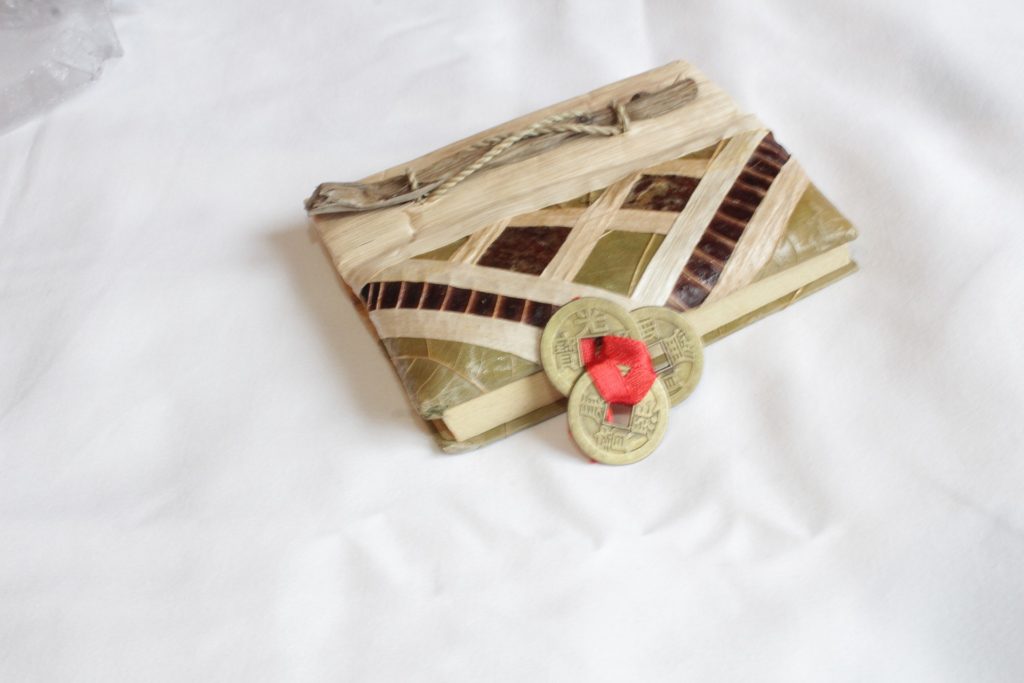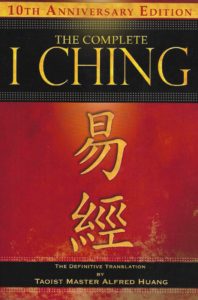I Ching is an old Chinese form of divination. I find it very useful to consult when seeking advice on a given situation. The I Ching or Yi Jhing is a book that dates back to the Western Zhou period (1000–750 BC). In English the title is usually translated as The Book of Changes.
I Ching divination is a form of cleromancy utilizing the generation of lines and dashes that form one of 64 hexagrams, six-line figures of solid or broken lines. Each hexagram is formed of two trigrams. The hexagrams are drawn one line above the last. The lines consist of yin or broken lines — — and yang solid lines ——–. The further broken down by categorizing the line as old or young, movable or static. An old line is denoted by an x for yin —x— or a o for yang —o—.
Once the hexagram is determined, one looks up the meaning in the Book of Changes. The two most common methods of determining the hexagram are through use of 50 yarrow stalks or three coins.
Coin Method
The most common method utilizes three coins. One side is valued at 2 the other 3. Toss all three coins at once and add the values.
6 —x— Old Yin
7 — — Young Yin
8 —o— Old Yang
9 ——- Young Yang
Write down the line and toss again for the next line. Draw the second line above the first. Continue until you have generated six lines.
Consult the Book of Changes for the meaning of the resulting hexagram. Meditate on the wisdom contained in answer.
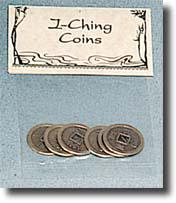
Yarrow Stalks
Traditionalists consult the I Ching through the use of Yarrow Stalks. It may seem a little time-consuming when compared to the coin method, however it is a very contemplative practice and sets the mind to be receptive to the meditative state to interpret the answer.
One begins with 50 stalks. One is set aside at the top of the reading space. The remaining stalks are separated into two groups one in each hand. Remainder one stalk from the right hand group. Begin counting off sets of four stalks and setting aside. When less than four remain they are added to the remainders. These are generally kept between the fingers of the left hand during the counting. The process is repeated two more times. The total count of the stalks in the remainder pile will be 9 or 5 on the first count and 8 or 4 on the subsequent. 9 or 8 is assigned a value of 2; 5 or 4, a value of 3. The total of the three passes will be one of just four values: 6 (2+2+2), 7 (2+2+3), 8 (2+3+3), or 9 (3+3+3)—that value is the number of the first line. The procedure is repeated until all six lines are generated.
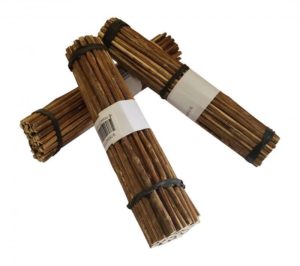
Professor Richard Ho demonstrates use of Yarrow Stalks:
Wikiwand provides Detailed instructions along with alternative coin methods.
I Ching Oracle Decks
In addition to coins and yarrow, there are decks of cards similar to tarot created for the hexagrams.
